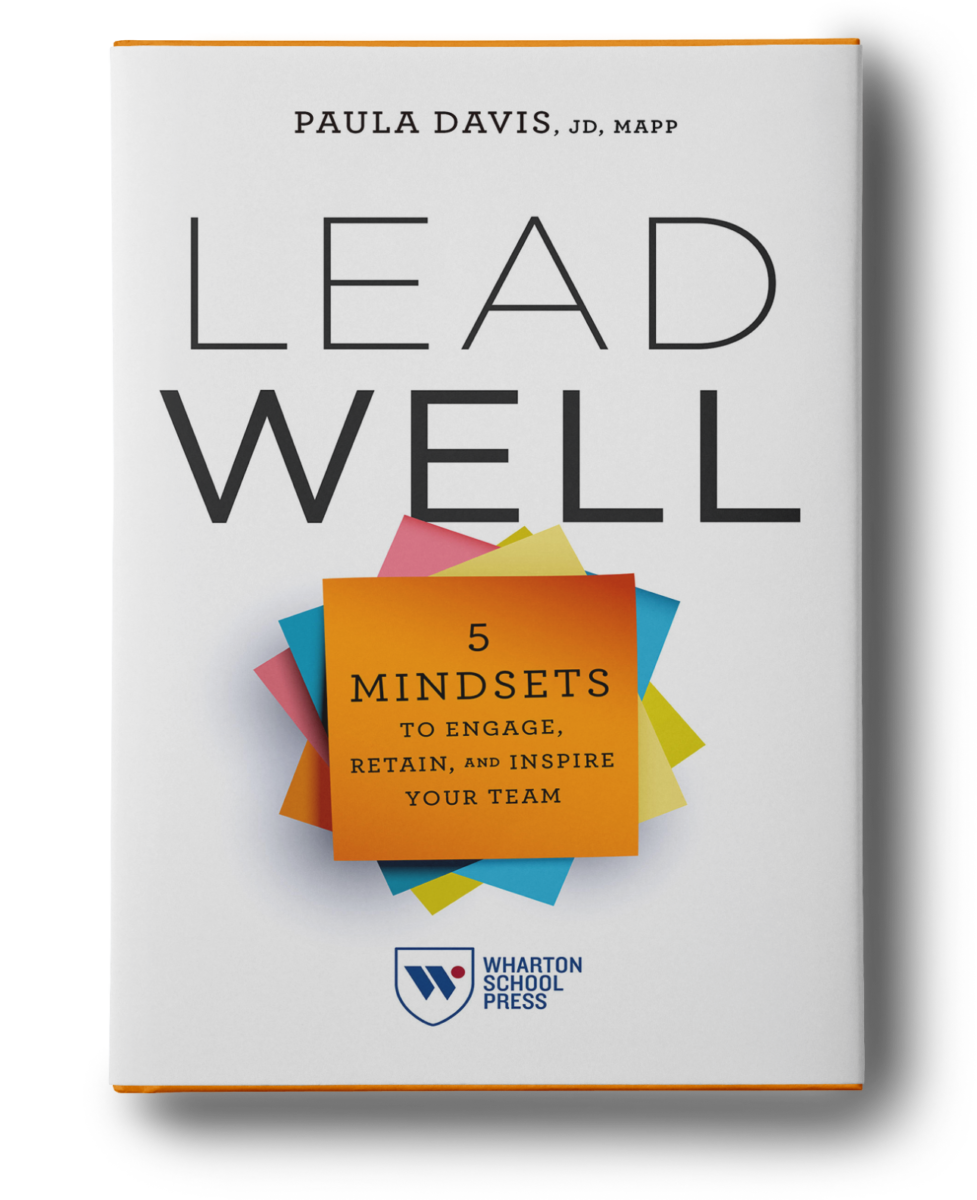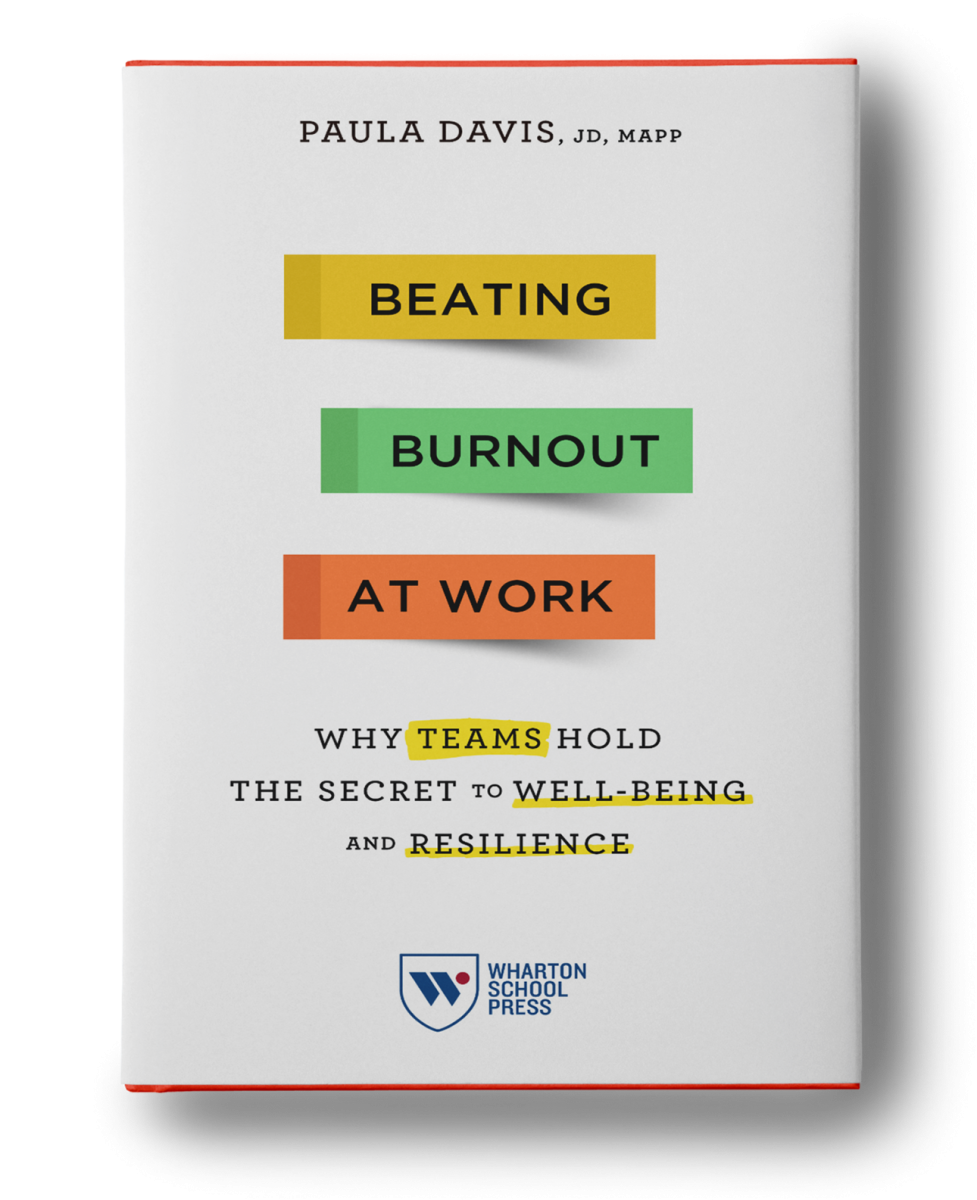“Everyone’s drive. But everyone’s also sick of it,” according to Nicolet High School senior, Sammi Castle, whose story recently appeared in a Milwaukee Journal Sentinel article called, “Achievers’ syndrome.” Three back-to-back teen suicides in 2013 prompted a group of parents in the North Shore area of Milwaukee to start looking into ways to build wellness and promote coping techniques among high-achieving, stressed-out teens.
Sammi’s story got me thinking about how burnout evolves, particularly, in women and girls. Burnout is a state of chronic stress that is characterized by a combination of exhaustion, cynicism and inefficacy. I call burnout a disease of disengagement.
The Seeds of Burnout Get Planted Early…
The seeds of burnout get planted as early as high school. High-achieving girls and boys get the message early on that if they are to get into a top school and succeed in life, they must excel in every area – grades, friendships, volunteering, extracurricular activities and more.
Messages about self-care and the importance of recovery aren’t always sent as strongly as messages about achievement and success, and that has implications for how women eventually work, live, and parent.
The 4 Stages of a Woman’s Career…
Psychologist Barbara White described the four broad career stages that women pass through as follows:
- Early career development
- Early 30’s transition
- Settling down – Late 30’s transition
- Achievement and maintenance
While these stages aren’t necessarily unique to women, each of these stages are pivot points for women and burnout often appears at one or more of these pivot points.
In their late 20’s and early 30’s, many women have left their personal lives and self-care in the dust because they are busy being busy and driven and hope to find some sense of balance in their overwhelmed lives. In addition, many women want to build long-term relationships and start families.
In their late 30’s and beyond, other women burn out realizing that they’ve devoted many years to a career that is no longer fulfilling and are looking to find more meaning and purpose. This might mean re-crafting an existing job, finding vitality again through a hobby, or changing careers altogether.
Beliefs That Keep Smart Women Stuck & Overwhelmed
Beating burnout requires that you step into your most authentic self, and that involves confronting the beliefs and mindsets that aren’t working for you. Some of the ones I hear most frequently that keep women stuck and overwhelmed are:
** I have to achieve more
** Good mothers are/do/don’t __________________ (fill in the blank – always home to cook dinner; must put their kids to bed every night; don’t leave their kids at daycare, etc.)
** I can handle it all on my own
** It’s right to put others first; I’ll worry about myself later
** I have to be perfect
** I can’t be perceived as weak (I hear this one from a lot of men too)
In addition, many smart women have developed something called a fixed mindset – the belief that their ability is limited or fixed. Smart girls with fixed mindsets believe that they were born with only so much intelligence, creativity, athletic ability, etc., and no amount of additional effort will grow these capacities. As a result, smart women and girls aren’t always comfortable getting outside of their comfort zones and play it safe rather than risk failing.
High-Achieving Men Burn Out Too, But…
And, let’s not forget the men. Yes, many men burn out too, but here’s the catch. Very few men stop to raise their hands and say, “Help, I have a problem” or “Wait, I want more out of my life too.” As it turns out, men may “process” burnout differently than women.
One study found that of the three burnout dimensions (exhaustion, cynicism and inefficacy), women tend to experience exhaustion first, followed by cynicism, then inefficacy – they don’t think they are being effective at work or at home so they stop to evaluate.
Men, on the other hand, tend to experience cynicism first, then exhaustion. Interestingly, many of the men in the study kept working because they didn’t feel as though the symptoms from the first two stages impacted their quality of work. They didn’t reach the inefficacy stage because they thought they were still being effective.
One Solution Strategy…
There are many research-based burnout prevention strategies that I teach and coach. One of my favorites is for you to determine what kind of giver you are. You can start by going to Dr. Adam Grant’s website, www.giveandtake.com, to assess your style. Dr. Grant has discovered a number of different sub-sets of givers, two of which are “selfless” givers and “otherish” givers.
Selfless givers give their time and energy without regard to their own needs (hey – it’s 3pm and I haven’t eaten yet today!). Selfless giving, in the absence of recovery, becomes overwhelming and can drive burnout. Otherish givers, however, find a way to balance giving with their own self-interest and self-care. As you probably guessed, selfless givers are more likely to burn out.
Burnout is a complex illness and it takes time to unravel all of the pieces that go into your own burnout puzzle. If you are interested in sharing your burnout story with me, I’d love to hear it. I’d also love to hear about the ways you are staying driven without burning out.
Want to know more? Download my free “Is It Stress or Is It Burnout” strategy guide here. You can also learn about my speaking and training programs here.
_______________________________________________________________________________________________
References
Dweck, D. (2006). Mindset. New York: Ballantine Books.
Grant, A. (2013). Give and Take: A Revolutionary Approach to Success. New York: Viking.
Meyerhofer, K. “Achievers’ syndrome.” Appeared in the Milwaukee Journal Sentinel on October 25, 2014.
White, B. (1995). The career development of successful women. Women in Management Review, 10(3), 4-15.]]>







